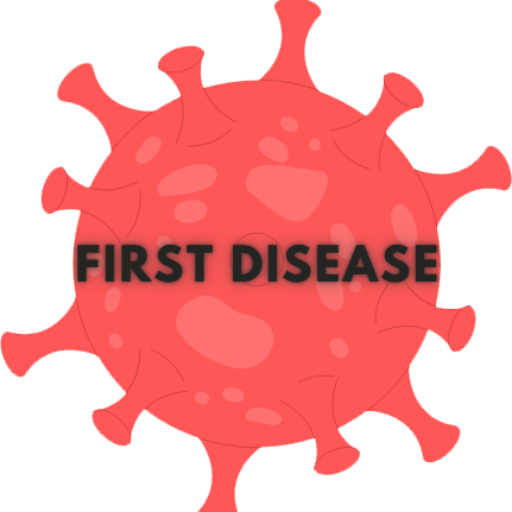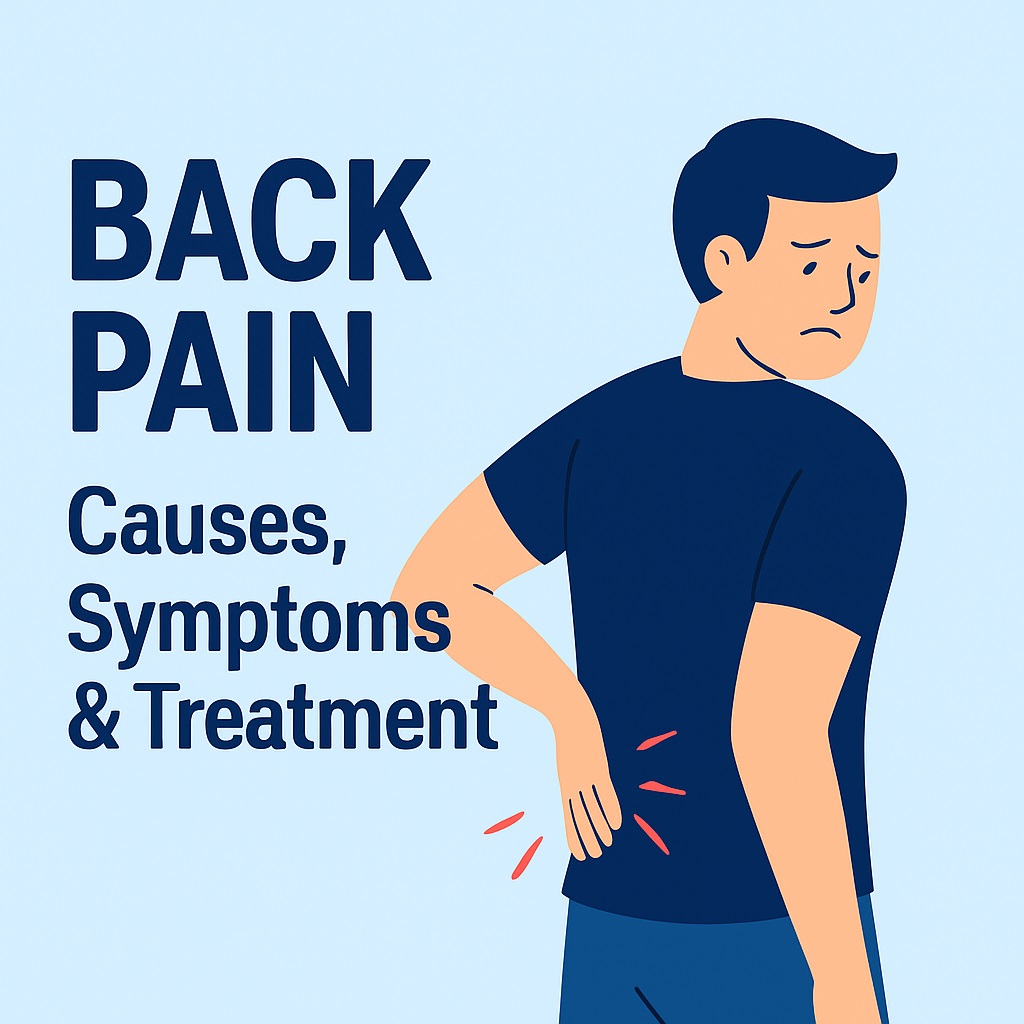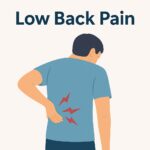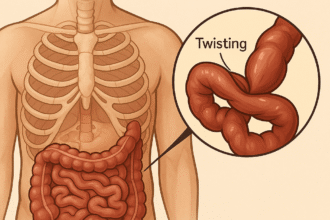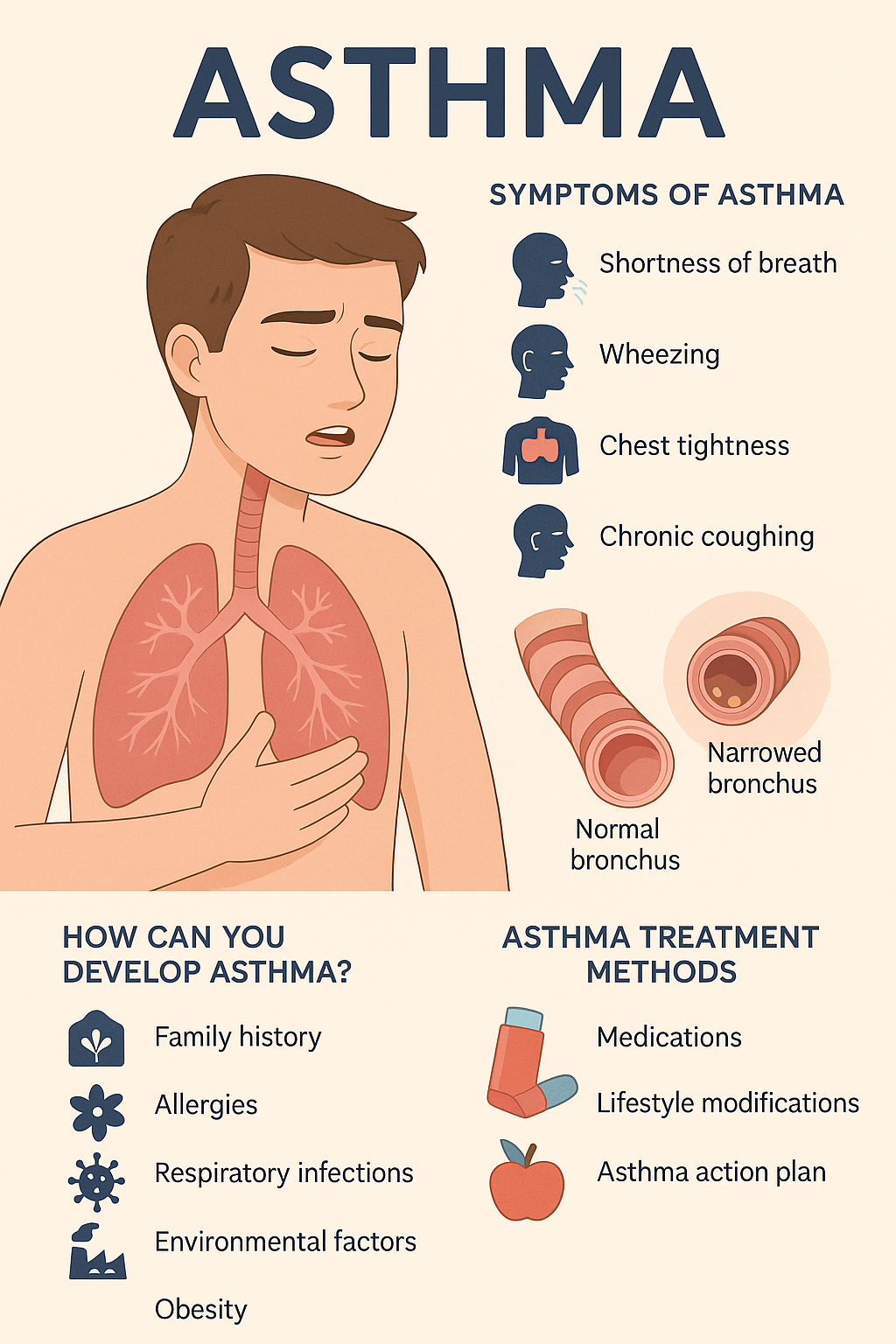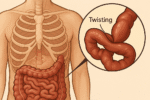1. General Overview (Diseases A-Z)
Short Summary:
Back pain refers to discomfort felt anywhere along the spine, especially between the lower neck and the upper waist. It can originate from muscles, bones, discs, nerves, or joints. While often temporary, it can become chronic and lower quality of life.
What is this condition?
Back pain is a common health issue caused by problems in the muscles, spine bones, nerves, ligaments, or discs in the back region. It can be acute (short-term) or chronic (lasting more than 3 months).
What are the symptoms?
-
Dull, burning, or sharp pain in the back
-
Pain that worsens with movement or certain positions
-
Muscle spasms
-
Sometimes radiating pain to the shoulder, arm, or leg
-
Occasionally tingling, numbness, or weakness
What causes it?
-
Muscle strain: Lifting heavy objects, sudden movements, or poor posture
-
Disc issues: Slipped or herniated disc
-
Arthritis: Inflammatory joint diseases in the spine
-
Osteoporosis: Decreased bone density
-
Postural issues: Prolonged sitting or standing in incorrect positions
-
Stress: May lead to muscle tension
Who is more likely to experience it?
-
Desk job workers
-
People doing heavy physical labor
-
Individuals with poor posture
-
Elderly people
-
Pregnant women
-
Overweight individuals
-
People under stress
How is it diagnosed?
-
Physical examination
-
X-ray, MRI, or CT scans to view bones and soft tissues
-
Blood tests (if infection or inflammation is suspected)
-
Nerve conduction tests (if nerve damage is suspected)
What are the treatment options?
-
Rest and lifestyle modification
-
Physical therapy: exercises, hot/cold applications, massage
-
Painkillers and muscle relaxants
-
Exercise and stretching routines
-
Alternative therapies: acupuncture, yoga, manual therapy
-
Surgery: only in severe cases (e.g., nerve compression)
Can it be prevented?
Yes. Here are some tips:
-
Maintain proper posture
-
Exercise regularly (especially core and back muscles)
-
Maintain a healthy weight
-
Lift heavy objects with proper technique
-
Avoid prolonged sitting; take frequent breaks
-
Reduce stress
Is it contagious?
No. Back pain is not contagious. It is usually mechanical, structural, or lifestyle-related.
2. Symptom Checker – Based on Symptom: Back Pain
❓ What diseases can cause this symptom?
-
Musculoskeletal disorders: muscle spasms, herniated disc, scoliosis, kyphosis
-
Bone diseases: osteoporosis, spinal fractures
-
Rheumatologic diseases: ankylosing spondylitis, rheumatoid arthritis
-
Internal organ issues: kidney stones, pancreatitis, stomach ulcers (especially upper back pain)
-
Infections: spinal infections (e.g., vertebral osteomyelitis)
-
Tumors: spinal metastases (rare)
🧑⚕️ When should I see a doctor?
-
If the pain lasts more than a few weeks
-
If the pain does not improve with rest or worsens
-
If accompanied by numbness, tingling, or weakness in the legs
-
If there’s loss of bladder/bowel control (emergency!)
-
If there’s fever, unexplained weight loss
-
If you have a history of cancer and develop back pain
🚨 Emergency or not?
Emergency Situations:
-
Signs of nerve compression (incontinence, sudden leg weakness)
-
Severe back pain with high fever
-
Pain after trauma (e.g., fall, accident)
Non-Emergency (Can Wait):
-
Mild pain from muscle strain
-
Pain increasing after long periods of sitting or standing
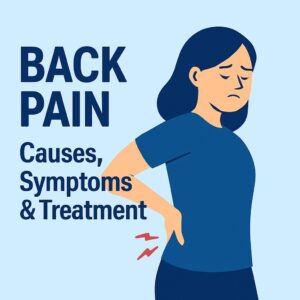
3. Age-Based Overview – Back Pain
👶 In Babies
-
Rare. Can result from congenital spine abnormalities (e.g., spina bifida) or infections
-
Usually accompanied by other symptoms (irritability, crying, limited movement)
🧒 In Children
-
Carrying heavy school bags, falling, incorrect sitting posture
-
Scoliosis (spinal curvature) may appear during growth
-
Sports injuries
🧑 In Teenagers
-
Musculoskeletal imbalance during growth spurts
-
Bad posture during study sessions
-
Overuse injuries from sports
👨🦰 In Adults
-
Most common: muscle spasms and disc issues
-
Posture-related pain in office workers
-
Stress and sedentary lifestyle play a role
👵 In Elderly
-
Osteoporosis and spine fractures
-
Degenerative disc disease
-
Rheumatologic diseases like ankylosing spondylitis
-
Trauma-related spinal injuries
